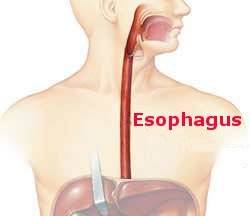
Air: all around us. Inside each of us there is air in our lungs. So technically we have air inside our chest; but, as we breathe in and out, it’s contained within our lungs. When air accumulates in the chest but outside the lungs—into what is called the pleural space—bad things happen.
How is air in the chest outside the lung, called a pneumothorax, even possible? There are two ways. Anything penetrating the chest wall such as a bullet or a knife causes a pneumothorax as atmospheric pressure is greater than the normally negative pressure in the chest and air enters from the outside to equilibrate pressures. Alternatively, the lung can leak air into the pleural space if the pleural membrane lining of the lung is disrupted, allowing air to leak out; in this case air comes from inside. The cause of a spontaneous pneumothorax is the rupture of one or more small cysts near the surface of the lung blebs. (Blebs are not the same as the large cystic structures, called bullae, that are found in patients with emphysema.)
We don’t know why these blebs suddenly—spontaneously—rupture. We do know spontaneous pneumothoraxes are more likely in slender young men but their activity at the time seems unrelated. I’ve seen many patients who were not doing anything out of the ordinary or strenuous when the pneumothorax occurred. The predominant symptom in my experience is pain in the involved chest and that brings them to the emergency room; some also have some degree of shortness of breath.
Patients can be treated by evacuating the air with a small tube or cannula that is removed when the air leak ceases; some patients need no treatment other than something for the pain. These patients are observed with serial chest x-rays if their symptoms are improving and their x-ray shows the size of the pneumothorax is diminishing.
Many thoracic surgeons recommend and patients choose a minimally invasive operation done to resect the tissue with the blebs. This procedure has very little risk and greatly reduces the risk of a recurrent pneumothorax.



